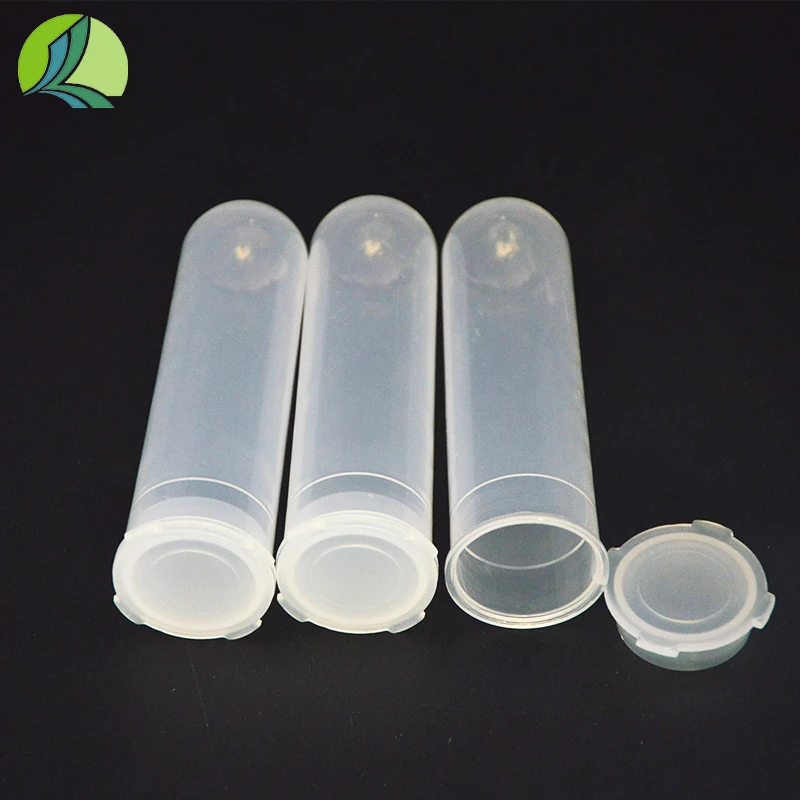https://www.wahmg.com/)">
Role of Reagent Bottles in Laboratory Equipment and Their Functions
Role of Reagent Bottles in Laboratory Equipment and Their Functions
The Function of Reagent Bottles in Laboratory Apparatus
In the realm of scientific research and experimentation, the laboratory serves as a fundamental environment where various chemical reactions and analyses take place. Amongst the numerous apparatus employed in such settings, reagent bottles are essential tools that significantly contribute to the efficacy, accuracy, and safety of laboratory processes. These bottles, which traditionally serve as containers for storing chemical reagents, play multifaceted roles beyond mere holding. Their design, functionality, and importance merit a detailed examination.
Structure and Design
Reagent bottles are typically made from glass or high-grade plastic, with glass being favored for its chemical resistance and impermeability. The design of these bottles is crucial; they usually feature a narrow neck to minimize the risk of spillage and evaporation, and a screw or snap-on cap that ensures a secure closure. Various sizes are available, often ranging from small (50 mL) to large (several liters), accommodating the diverse needs of experiments. Some reagent bottles come with graduated markings which allow for precise measuring of contents, ensuring accurate formulation of chemical mixtures.
Preservation of Chemical Integrity
One of the primary functions of reagent bottles is the preservation of chemical integrity. Chemicals can be highly reactive, sensitive to air, light, or moisture. For instance, the presence of water can hydrolyze certain salts, while light can degrade photosensitive compounds. Reagent bottles are designed to shield contents from environmental factors, thereby maintaining the purity and effectiveness of the chemical substances. Dark glass bottles are often used for light-sensitive reagents, while airtight seals can prevent moisture ingress, ensuring that the reagents remain usable for an extended period.
Organization and Identification
Proper organization in a laboratory setting is paramount to ensure efficient workflows and minimize the risk of errors. Reagent bottles play a vital role in the systematic arrangement of chemicals. Typically, these bottles are labeled with essential information, including the chemical name, concentration, hazard symbols, and the date of receipt or opening. This labeling helps in the quick identification of reagents, facilitating swift access during experiments. Furthermore, a well-organized laboratory reduces the likelihood of cross-contamination and enhances safety protocols.
function of reagent bottle in laboratory apparatus

Safety Considerations
The handling of chemicals poses inherent risks, and reagent bottles are instrumental in promoting laboratory safety. The use of appropriate containers minimizes the potential for accidents, such as leaks or spills, which can lead to harmful exposure. Ergonomically designed bottles often feature anti-slip designs for safer handling. Additionally, safety protocols mandate the use of proper labels to caution users about the potential hazards associated with the stored reagents. Moreover, in the event of a chemical waste, reagent bottles can be safely sealed and disposed of according to hazardous waste regulations, further contributing to a safe laboratory environment.
Ease of Access and Dispensing
Reagent bottles are designed for practical usage, allowing easy access to their contents. Many bottles come with dispensing mechanisms such as droppers, pipettes, or spouts that facilitate controlled pouring of liquids. This feature is especially critical in experiments where precise amounts of reagents are required. Reducing the risk of over-pouring aids in maintaining accuracy and reproducibility in experimental procedures, which are crucial elements in scientific research.
Versatility in Applications
Reagent bottles are not limited to merely holding chemicals; they play a versatile role across a wide array of scientific disciplines, including chemistry, biology, and environmental science. Whether it’s storing biological reagents for molecular biology experiments, preserving chemical solutions for analytical chemistry, or containing samples for environmental assessments, their impact is widespread. This versatility underlines their importance as indispensable components of laboratory apparatus.
Conclusion
In conclusion, reagent bottles are far more than simple containers within the laboratory setting. Their structural integrity, role in preserving chemical identity, aid in organization and identification, contribution to safety, and versatility highlight their significance in scientific research and experimentation. By understanding and utilizing these essential tools effectively, scientists can enhance the quality and safety of their work, ultimately leading to more accurate and reliable scientific advancements. As research continues to evolve, the design and functionality of reagent bottles will likely adapt, consistently meeting the changing needs of the scientific community.
-
Wholesale Plastic Juice Bottles with Caps 16 oz Options Available Bulk Packaging SolutionsNewsJun.10,2025
-
Laboratory Apparatus Reagent Bottle – Durable & Chemical Resistant Bottles for Safe StorageNewsJun.10,2025
-
Squeezable Dropper Bottles Durable, Leak-Proof & CustomizableNewsMay.30,2025
-
Affordable Plastic Petri Plates Sterile & Disposable Lab-GradeNewsMay.30,2025
-
Eye Dropper Caps Precision 24/410 & Plastic Bottle-Compatible TipsNewsMay.30,2025
-
Affordable Mini Spray Bottle Price & Wholesale Deals Shop NowNewsMay.29,2025





















